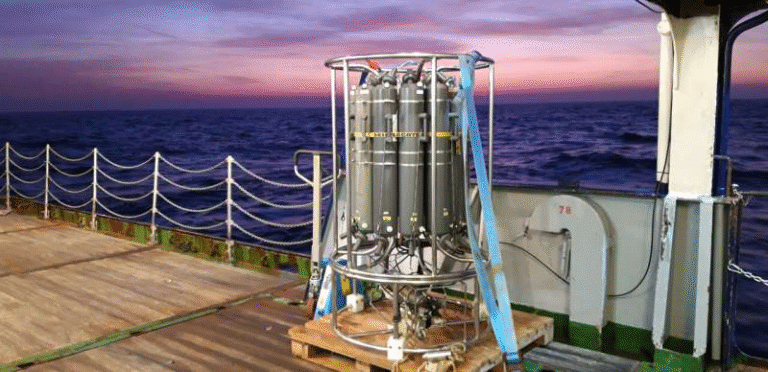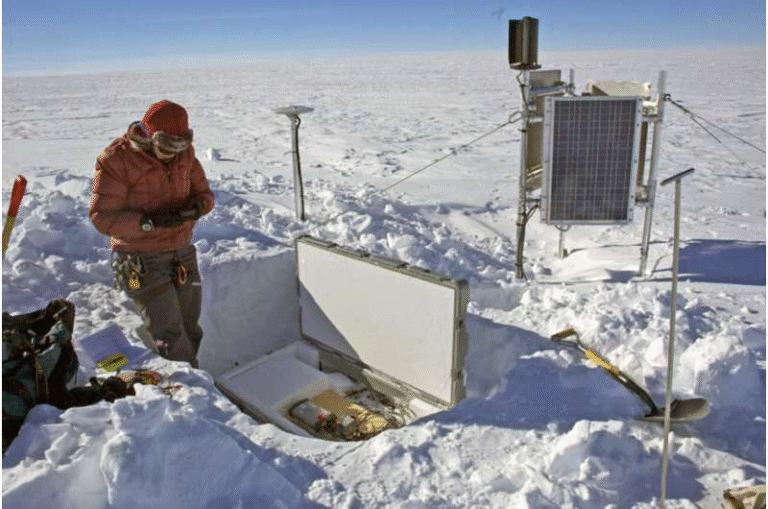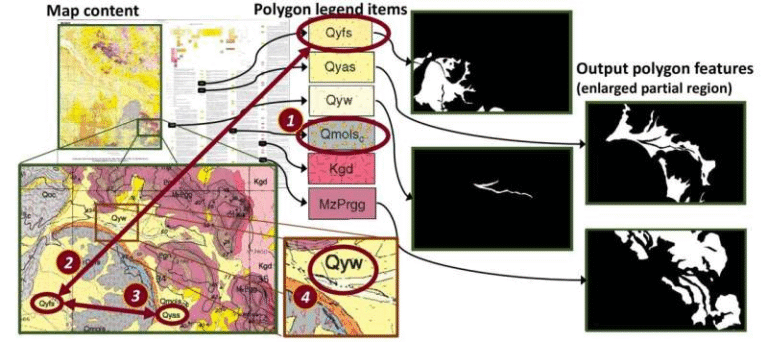AI-Powered Physics-Based Model from Penn State Predicts Floods and Transforms Global Water Management

A team of researchers at Pennsylvania State University has developed a new AI-powered hydrological model that could reshape how the world predicts floods, manages droughts, and plans water use. This advanced system brings together artificial intelligence and physics-based modeling to deliver a high-resolution, global-scale view of the water cycle, capable of guiding everything from flood forecasting to agricultural irrigation.
A Rising Global Challenge
Floods are now the most frequent and costly weather-related disasters on the planet. According to the United Nations Office for Disaster Risk Reduction, they account for up to 40% of all weather-related catastrophes, with global flood losses reaching $388 billion annually. Meanwhile, droughts are expanding across continents, intensifying water scarcity and damaging ecosystems. These twin threats are making water management one of humanity’s most pressing environmental and economic issues.
To tackle this, researchers led by Professor Chaopeng Shen of Penn State’s Department of Civil and Environmental Engineering have created a model that doesn’t just simulate water flow — it learns and adapts using both data and physics. The study, published in Nature Communications, is already being hailed as a potential game-changer for global hydrology.
How the Model Works
The model uses an innovative combination of neural networks — machine-learning systems inspired by the human brain — and physics-based components that represent natural processes such as rainfall, soil infiltration, groundwater recharge, streamflow, and evapotranspiration (the process by which water evaporates from soil and transpires through plants).
The physics-based layer ensures that the model respects real-world physical laws, while the neural networks fill in data gaps and adapt dynamically as conditions change. Together, they form a hybrid system that merges the reliability of physics with the flexibility of AI.
The model is already capable of running global simulations at a resolution of 36 square kilometers (14 square miles) and can zoom in to 6 square kilometers (2.5 square miles) in regions with richer datasets. This level of precision is rare for a worldwide hydrological model — it allows researchers to study water systems at scales useful for local water management while maintaining a global overview.
Why It’s a Big Deal
What makes this model stand out is its ability to automatically adjust its parameters through a process known as differentiable programming. In the past, fine-tuning hydrological models required painstaking manual calibration for each region — a process often described as “a story of sweat and tears.” Now, the AI component can handle trillions of parameters during training, far surpassing human-calibrated methods in both speed and accuracy.
This automation means scientists can apply the model nearly anywhere in the world — even in data-scarce regions where traditional models struggle. The neural networks learn from existing data while the physics engine guarantees realistic behavior when data are missing or uncertain. The result is a robust global model that can produce locally meaningful predictions.
What the Model Has Revealed
Early simulations using this approach have uncovered important insights into the changing global water cycle. The researchers found that the balance between rivers, groundwater, and land storage is not constant. Instead, it fluctuates significantly from year to year and region to region due to climate change and shifts in precipitation patterns.
For example, river flows in parts of Europe have declined, reducing freshwater availability in estuaries, increasing salinity, and altering ecosystems. The model also detected that the rate at which rivers and streams rise and fall after rainfall — known as hydrologic responsiveness — has changed dramatically across the world. These shifts reveal how landscapes and water systems are adapting to the evolving climate.
The study also highlights that hydrologic signatures — such as baseflow ratios, streamflow flashiness, and water partitioning between evaporation and runoff — are far more dynamic than previously believed. These characteristics influence not only flood risk but also agriculture, ecosystem health, and drinking-water supplies.
Potential Applications
Beyond academic research, the new model has major practical implications. It can assist communities in:
- Predicting and mitigating floods before they occur
- Managing drought and water scarcity with more accurate forecasts
- Planning crop irrigation in agriculture-dependent regions
- Protecting ecosystems by tracking how rivers and wetlands respond to changing rainfall and land use
Because the model’s framework is global, it can serve both developed and developing regions. For places without long-term hydrologic records — such as many areas in Africa, South America, and South Asia — this could provide their first reliable water forecasts.
The Role of AI in Modern Hydrology
Artificial intelligence has revolutionized fields from weather forecasting to medicine, and now it’s reshaping hydrology. Traditional hydrologic models are heavily rule-based, relying on physical equations alone. While that makes them consistent, it also limits their ability to capture local variations or adapt to new conditions.
AI, on the other hand, thrives on learning from massive datasets — but without physics, it risks making unrealistic predictions. Combining these two approaches bridges that gap. The AI handles data-driven learning, while physics ensures every result stays grounded in reality.
This union of machine learning and physical science — often called physics-informed AI — is emerging as a major trend in climate and environmental modeling. By blending computational intelligence with fundamental natural laws, researchers can create systems that are both flexible and scientifically sound.
Global and Local Impacts
The Penn State model’s strength lies in its global scope and local relevance. Governments, disaster-response agencies, and farmers can use it to make informed decisions about water use and risk management. For example:
- Flood-prone regions can use its predictions to design better early-warning systems.
- Irrigation planners can adjust schedules based on predicted soil-moisture trends.
- Ecologists can study how altered river flow affects wetlands and wildlife.
Moreover, the system’s detailed simulations can inform international climate initiatives. As climate change alters precipitation patterns, having a model that can track water flow across political borders is crucial for cooperative water governance.
Future Enhancements
The researchers envision future upgrades that will make the model even more comprehensive. Upcoming versions could integrate water quality, nutrient transport, and 3D groundwater mapping. This would turn it into a truly end-to-end hydrological system, capable of monitoring everything from pollution to aquifer depletion.
They also plan to make more of their data publicly available through open-access platforms. This means other scientists, policymakers, and even educators could explore how water dynamics are shifting in their own regions.
Why This Matters Now
The world’s water systems are under increasing pressure. Rapid urbanization, deforestation, glacier melt, and changing rainfall patterns all combine to create new hydrologic realities. Yet many nations still rely on outdated or incomplete models. The Penn State team’s innovation represents a step toward a globally unified understanding of the water cycle — one that’s both scientifically rigorous and practically useful.
By merging AI’s computational power with physics-based realism, this research paves the way for smarter, faster, and more adaptable water management. It could mean earlier flood warnings, more resilient agriculture, and more sustainable planning in a time when every drop counts.
The Research Behind the Model
The study detailing this breakthrough is titled Distinct Hydrologic Response Patterns and Trends Worldwide Revealed by Physics-Embedded Learning, published in Nature Communications (October 2025).





